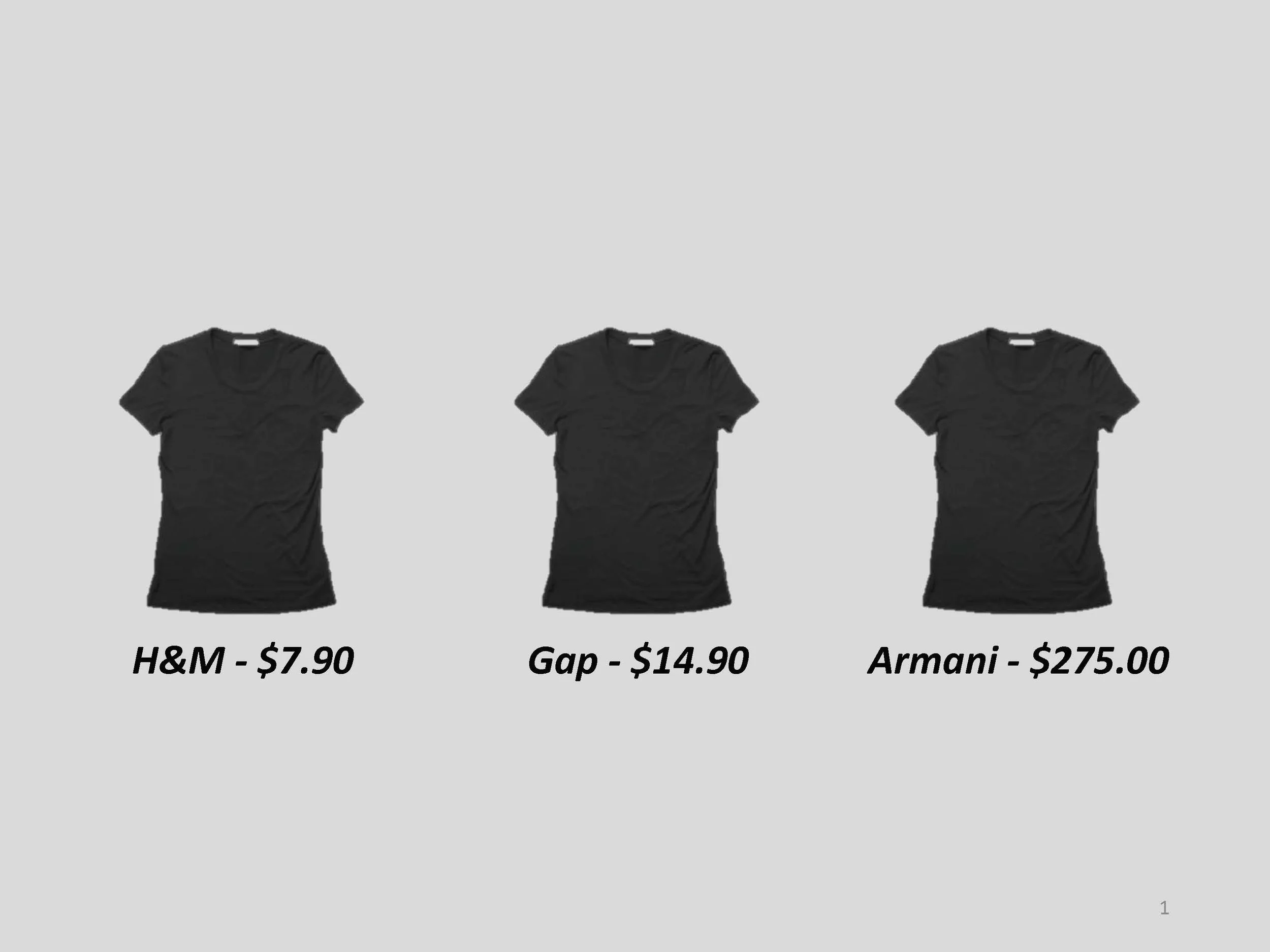Pricing is one of the hardest decisions, for both startups and larger firms. Price too low and there’s not enough profit; you leave money on the table. Price too high and you can’t get enough customers to buy. Plus, many people see price as an indicator of quality. For these people, pricing too low indicates that your product offering isn’t very valuable. So, a startup’s goal is to find the sweet spot in pricing - high enough to be seen as valuable, but not too high to dampen purchasing.
McKinsey Consulting has a good blogpost that covers the ins and outs of pricing and pricing research techniques. One thing we know about pricing research though is that it tends to underestimate the price people are really willing to pay. The simple fact that we are asking about price tends to drive down respondents’ estimates.
What it boils down to is trying to understand the value your product delivers. Pricing goes hand in hand with the earlier customer research that should be done. At a minimum, you need to understand customers’ reference price. Think of a reference price as the typical price customers expect to pay for a category. Starbucks is recognized for their boldness because they wanted to charge $3.50 when the reference price for coffee was under $2.00. See our earlier blogpost on the Customer Value Void for how to do this customer research. For pricing specifically, you need to answer a few key questions:
What do prospective customers value about the product offering? What incremental benefits do they get?
How much are these improvements worth over the competitors’ products or existing solution? What’s the reference price they are used to?
What features of the offering do they view as “table stakes”—that is, which features must a product offer in order for the customer to consider it at all?
Which features are worth paying a premium?
In the simple example below, people are willing to pay a lot for a brand name. That’s not likely to be the case for startups because their brand name is just not known yet.
So, you want to carefully consider whether you want to be at, above or below customers’ reference price. And, it helps to think creatively once you know what customers’ reference price might be. There are a variety of ways to get a price higher than the reference price. Here are just a few to consider:
Build more value into the base – Starbucks did this by creating a completely customized coffee.
Give away the hardware for free, but charge on the consumable part – this is the “razor and blades” model.
Keep a low price on the base model, but upcharge for add-ons – this is the idea behind the “freemium” model, but the base does not have to be free. Low-fare airlines are another good example. The flight is cheap, but you pay extra for luggage, seat selection, boarding priority, and drinks on board.
Bundle parts to give customers a discount – this is the value meal model. A burger, fries and drink together is cheaper than sold separately.
While pricing may be challenging, there is actually quite a bit of room for creativity. The key is to try and figure out what potential customers will accept. And don’t worry if you price too high, you have room to drop the price later. That’s what Apple had to do when they introduced the first iPhone. Within a very short period of time, they dropped the original price by $200, or about 30%. Some people were upset, but it set the iPhone on a faster sales trajectory. And, the rest is history.
Whether you are a founder, a potential first employee, or a supporter - if you are getting excited for the book to arrive, you can now purchase the eBook online. Or, check out where you can pre-order the paperback version of “The Titanic Effect: How to Successfully Navigate the Uncertainties that Sink Most Startups”. Subscribe to our mail list below, and you’ll get these weekly tips sent right to your inbox.


